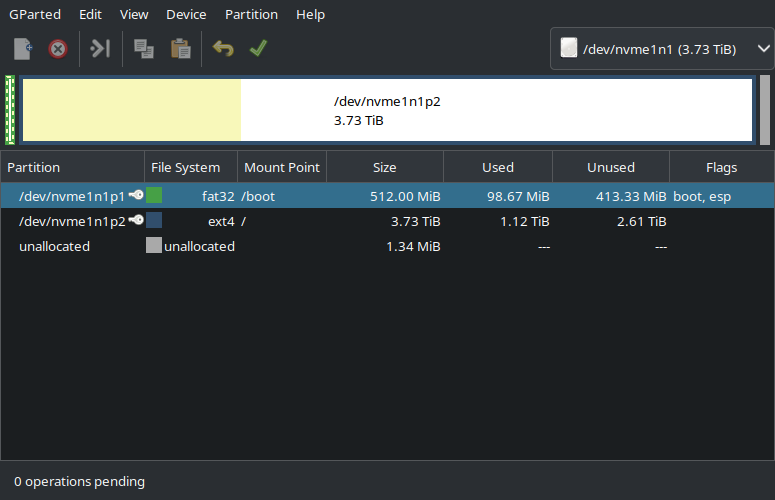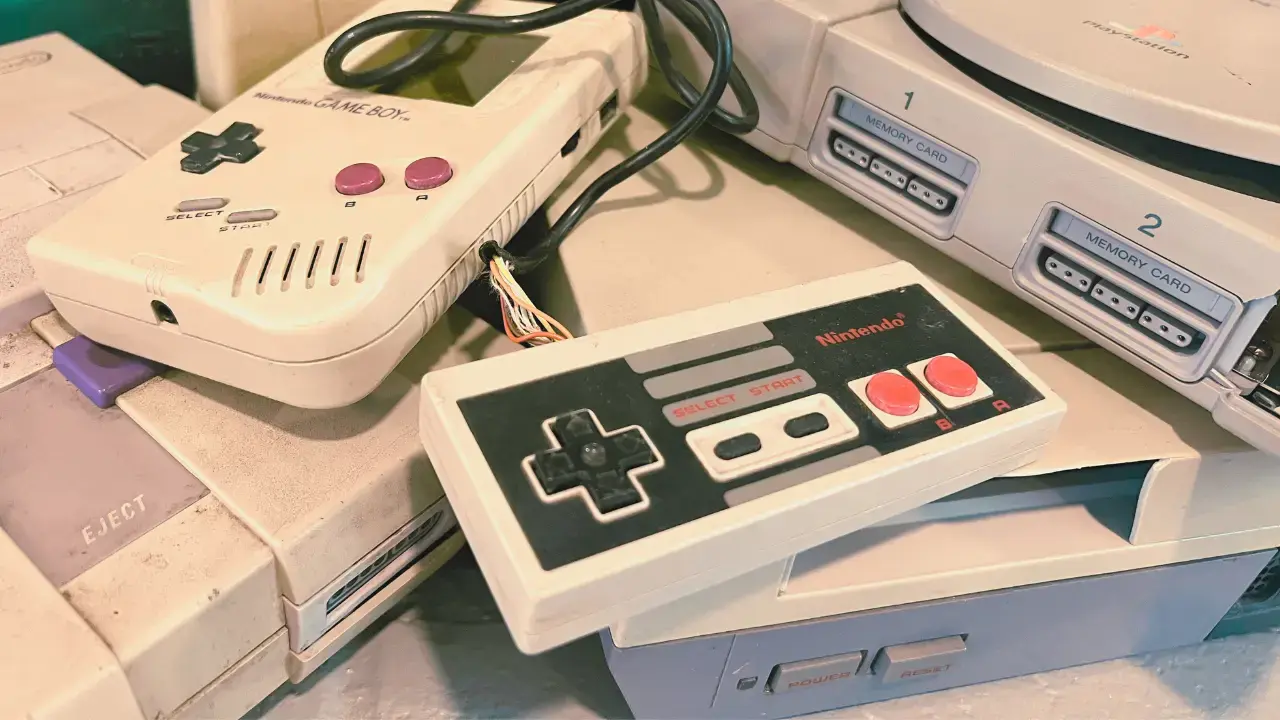

Trackmania, although depending on how you want to slice it, you might consider it ONLY grinding.
Incredibly low skill floor (4 button racing sim) but with near infinite skill ceiling as you learn to master all the nuances of movement, surface types, tricks, etc.
Endless amounts of content with the seasonal campaigns, tracks of the day, and weekly shorts, but also just a full blown track editor for community content on the side. Each track is like a little puzzle where you memorize all the details then try and get your best performance. Play in an online server with your friends and just chat, listen to music, or watch a movie in the background. Find your favorite style and master it: tech, dirt, NASCAR, lol.
It’s my favorite game to just turn my brain off and drive.






https://x-plus.store/products/n150-netbook
I picked one of these up after it got some buzz the other week. Still waiting for delivery, though, will report back once I’ve had some hands-on time with it! Probably just going to do Arch.